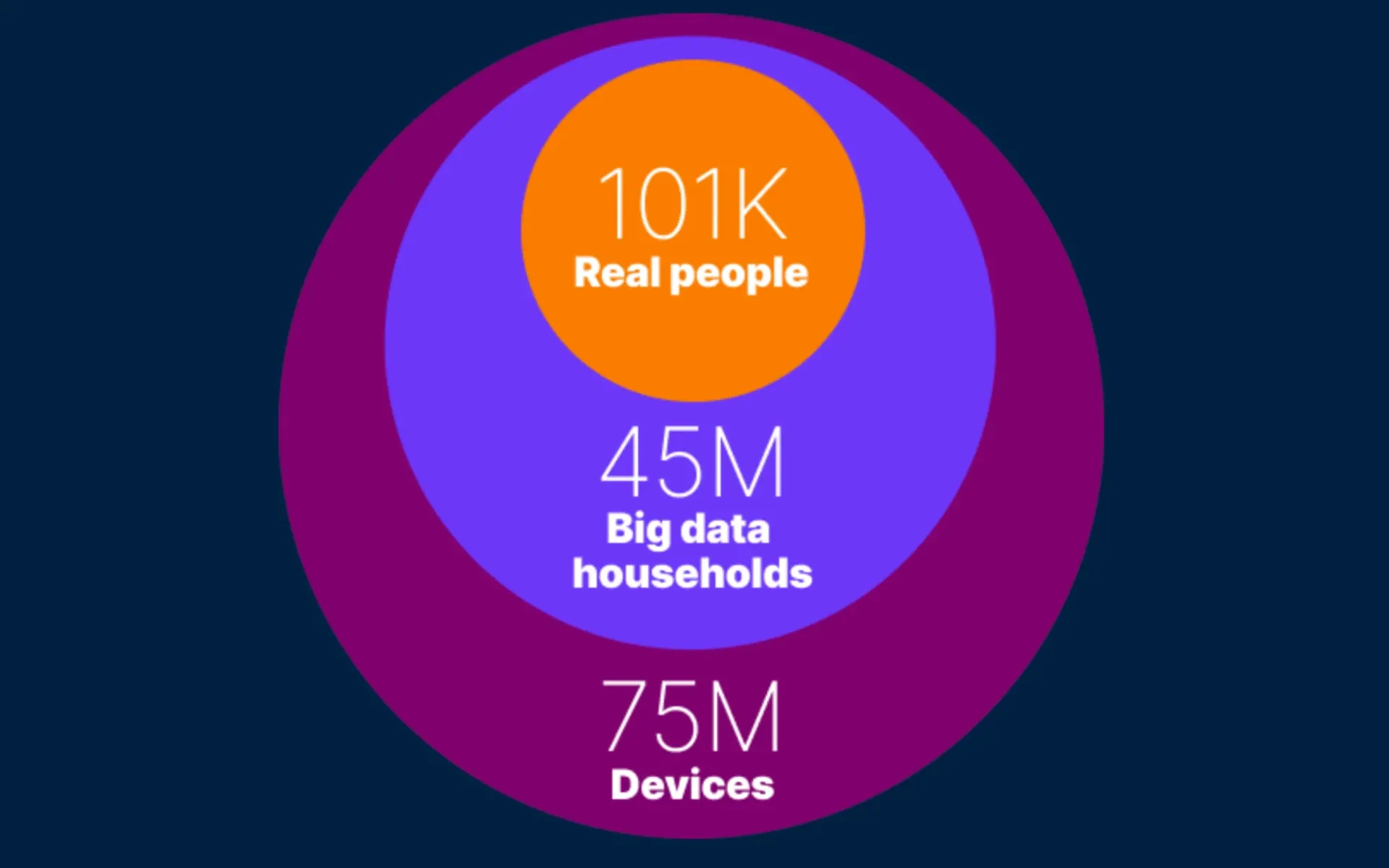Nielsen ends legacy TV ratings
After decades of panel-only TV ratings, Nielsen transitions to combined data approach, marking historic change in media measurement.

In a significant move on January 24, 2025, Nielsen declared the end of its stand-alone panel-based TV ratings system, marking a fundamental transformation in how television audiences are measured in the United States. According to an internal memo obtained by The Wall Street Journal, the company will discontinue its traditional panel-only ratings service in the fourth quarter of 2025.
The decision arrives after Nielsen received accreditation from the Media Rating Council for its new measurement product, Big Data + Panel. This new system combines data from approximately 101,000 people across 42,000 households with information from about 45 million households and 75 million devices, sourced from companies including Comcast, Dish, DIRECTV, Roku, and Vizio.
Nielsen's transition away from panel-only measurement represents the conclusion of an era that defined television advertising for decades. The shift comes amid increasing pressure from digital-native competitors and changing viewer habits across multiple platforms and devices.
According to a November 2024 survey conducted by Advertiser Perceptions, 60% of marketers had already begun using alternative measurement services alongside or instead of Nielsen. The survey revealed that 49% of these marketers found the newer entrants' effectiveness comparable to Nielsen's products, while 36% considered them more effective.
The company's move toward a hybrid measurement approach has faced several delays and complications. Nielsen initially promised this transition in 2020, planning to eliminate traditional panel-only ratings in 2024. However, according to The Wall Street Journal, the company adjusted its timeline following resistance from advertisers and agencies who considered the original transition schedule too aggressive.
The measurement landscape has grown increasingly complex with the emergence of competitors such as VideoAmp, Comscore, and iSpot.tv, who have focused their efforts on digital measurement technology. Adding to the competitive pressure, Disney recently unveiled its Compass product at the Consumer Electronics Show in Las Vegas, designed to facilitate ad buyers' access to first-party customer data.
Nielsen's position in the industry has faced additional challenges, including an ongoing dispute with Paramount. The media company, which owns CBS and Paramount+, did not renew its Nielsen contract last year due to pricing disagreements. While negotiations between the two companies continue, Paramount has strengthened its relationship with competitor VideoAmp through a contract renewal.
The transition to Big Data + Panel presents significant operational challenges for the advertising industry. Media buyers and sellers must recalibrate their pricing models and planning systems before the upcoming upfront marketplace, where advertising inventory for the next television season is traditionally negotiated.
According to Jay Friedman, CEO of Goodway Group, quoted in The Wall Street Journal, "For decades Nielsen has been the default TV measurement provider. That has been challenged in recent years, and ending the ability to purchase the panel independent from other data signals the end of an era."
The shift toward big data integration reflects broader changes in television consumption patterns. Nielsen's new measurement system aims to capture viewing behavior across multiple platforms and devices, addressing the fragmentation of audience attention across traditional television, streaming services, and digital platforms.
Industry insiders note that most advertising agencies face financial constraints that limit their ability to maintain multiple measurement vendors, particularly as costs increase across the media landscape. This economic reality, combined with Nielsen's historical market dominance, suggests that the success of this transition will significantly impact the future of television advertising measurement.
The implementation of this new measurement standard requires substantial preparation from industry stakeholders. Nielsen faces the challenge of convincing the industry that its new product should become the standard currency for television advertising transactions, particularly given the fundamental nature of the changes to its measurement methodology.

